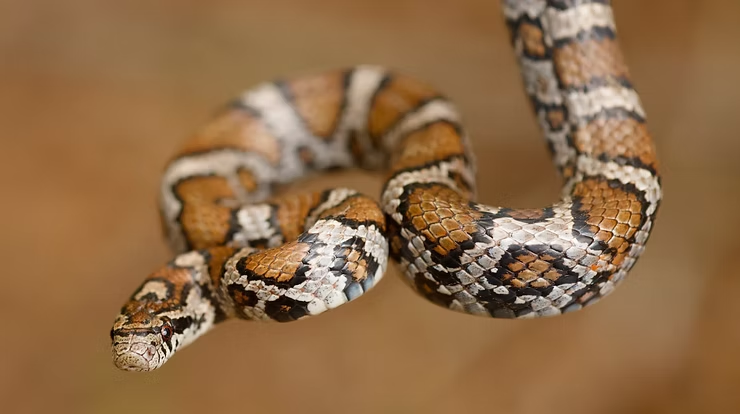Fast fact: Garter snakes
- Willy's Wilderness
- Aug 30, 2022
- 1 min read
Updated: Jul 24, 2025
Garter snakes are the most common snake we see in Illinois and many other places. One of the reasons they are so common is because they are very adaptable and can live in many different habitats, including urban and suburban areas. Garter snakes are named for the stripes that run the length of their bodies. The stripes, which are usually yellow, look like the garters that men used to wear to hold up their socks. (Yes, before the days of elastic in our socks, they didn’t stay up on their own.)

Garter snakes — and all other snakes — are carnivores that only eat other animals. Garter snakes eat worms, slugs, leeches, snails, insects, fish, crayfish and even sometimes other snakes! And like most snakes, they swallow their food whole. Garter snakes aren’t venomous to humans. In fact, no snakes that live in Will County or northern Illinois are dangerous to humans.


